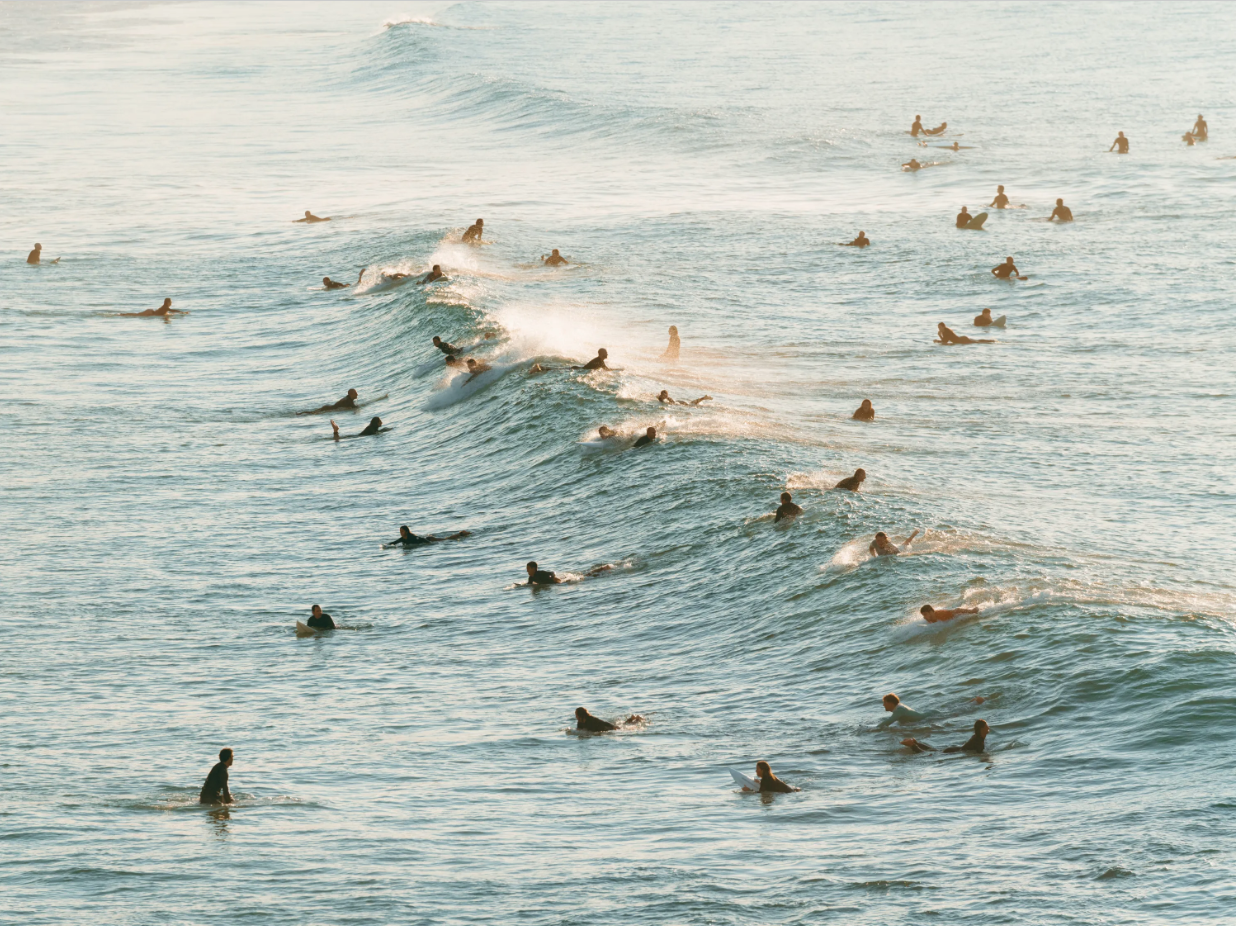
Last month the coastlines along South-East Queensland and Northern NSW experienced their best swell event for the year so far. The source of this was Tropical Cyclone Gabrielle which developed in the Coral Sea and tracked offshore from Queensland, eventually wreaking havoc as an ex-tropical cyclone in New Zealand. As is usually the case with these types of swell-producing events, the most manageable breaks were limited to the points. Naturally, crowds tend to become very concentrated in these areas during these swells.
During this recent swell Matthew Cassidy was surfing at Wategos Beach in Byron Bay when he was struck by a stray surfboard. He suffered life-threatening injuries. As the ABC reported,1 a leg rope was used as a tourniquet to stem significant blood loss before he was flown to Gold Coast Hospital.
This recent incident has renewed an ongoing argument about the use of leg ropes while surfing. This debate has waxed and waned over the years in response to incidents like this, which appear to be happening more frequently.
The apparent increase in the number of surfing-related incidents is perhaps unsurprising. Surfing has always been a popular past time for many Australians given the seemingly endless coastline open to us. According to recent data from the Australian Sports Commission, surfing was one of the fastest growing activities during the pandemic with 196,000 people over age 15 learning to surf.2 This is off the back of the wave of migration to coastal areas over the past few years. Sunshine Coast and the Gold Coast, recently topped the charts for net internal migration, with 71,049 people moving to the Sunshine Coast and 92,661 people moving to the Gold Coast over the period 2016 – 2021.3
With swathes of the population moving into the coastal paradise, a boom in surfing numbers was inevitable. Increased crowds during peak swell events, naturally increases the risk of injury to those out there who are simply trying to enjoy the best of it. Several recent studies have analysed the nature and frequency of surfing related injuries. A 2021 study analysed 8,066 acute surfing injuries, among 8,393 surfers. Of these injuries, lacerations were the most common surfing injuries occurring about 39.1% of the time. The most common cause of an acute surfing injury was being struck by a surfboard (either the person’s own board, or someone else’s) – this was the cause of nearly half of all surfing-related injuries according to that study.4
The most obvious way to reduce the risk of these injuries occurring, is by using a leg rope. The primary purpose of a leg rope is to avoid a surfboard from being washed away when you fall off. It clearly guards against (but doesn’t entirely avoid) the exact types of injury mentioned above, caused by stray surfboards dancing around in the waves. Ironically, some studies have shown relatively high incidence of hand and finger injuries associated with the leg rope recoiling.5
Ultimately though, what we have is a relatively cheap, easy, and almost universally adopted piece of equipment that significantly reduces the risk of another person in the ocean being struck by a stray surfboard. While leg ropes obviously do not avoid the risk entirely, they do significantly reduce the risk of incidents like this happening.
When surfing in crowded breaks or where there are swimmers and children playing in the shore break, it is difficult to understand why you would not take one small step to protect them from possibly significant injury in the event you fall. Even the most experienced surfers regularly fall. The ocean is inherently unpredictable. The unpredictability is part of the beauty of surfing. Perhaps this is why competitions held in wave pools like the Surf Ranch are so bland in comparison (that is a topic for another time).
From a legal perspective, a surfer could potentially be held liable if they are not wearing a leg rope and their stray board strikes and injures another. There are numerous practical challenges with such a claim, applying to both the injured person (due to potential defences that might arise and the likelihood of recovering any compensation from an individual in the absence of an insurer) and any respondent to the claim (in explaining why they do not take a simple measure to protect others from what is a reasonably foreseeable risk).
I am certainly not arguing for some sort of rule or law about mandatory use of leg ropes. This would be impractical and contrary to the essence of surfing. However, common sense to me comes down to a simple risk-reward analysis. Not wearing a leg rope in crowded breaks has little reward or benefit but comes with potentially great risk to others.
I am also not suggesting this applies to every session. If you head out at a beach break and there is no-one around, go for it. But if you are heading out amongst a crowd, why not? It’s common sense, isn’t it?
As published in Lawyers Weekly, Noosa Today and Smorgasboarder.
Partner & Sunshine Coast Leader
View Bio >
